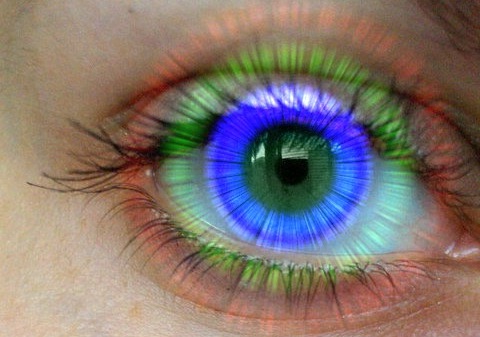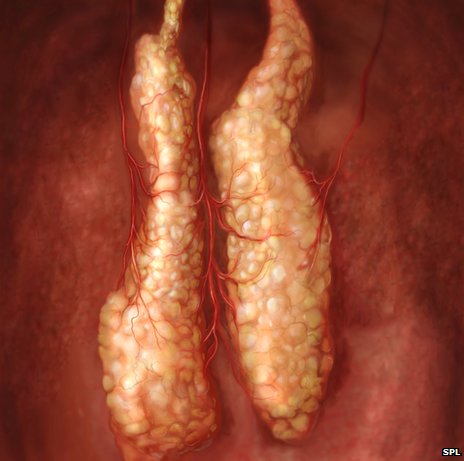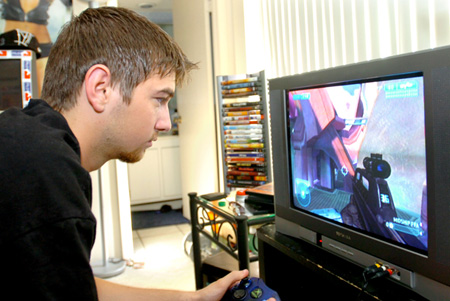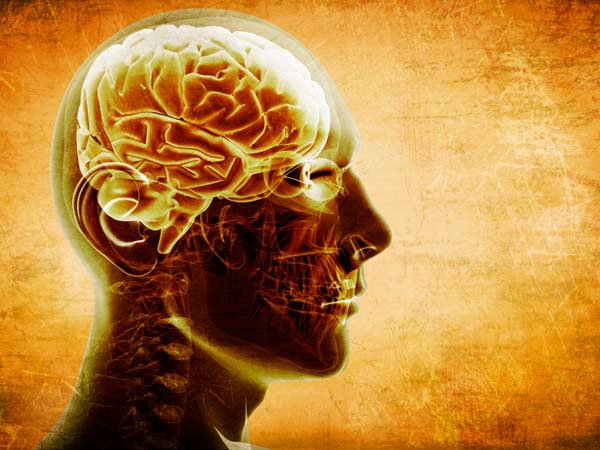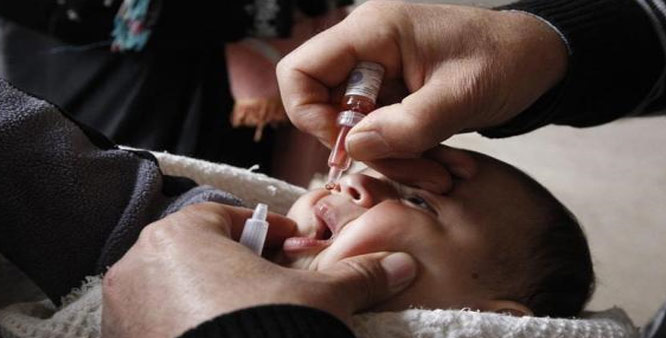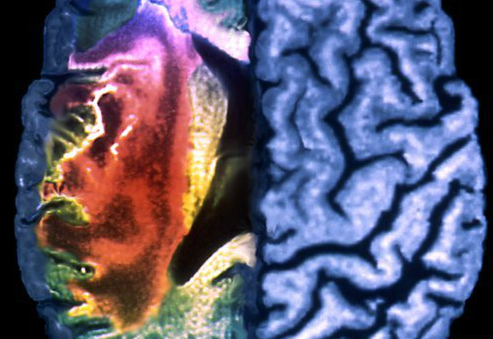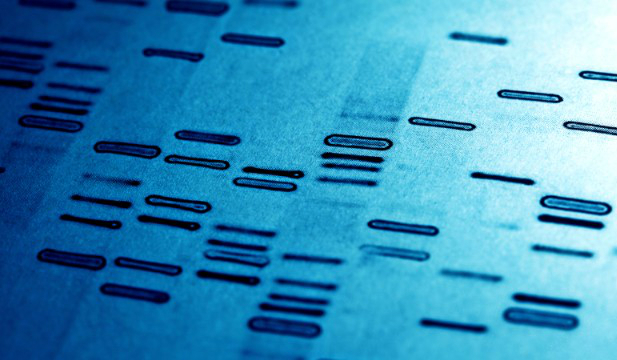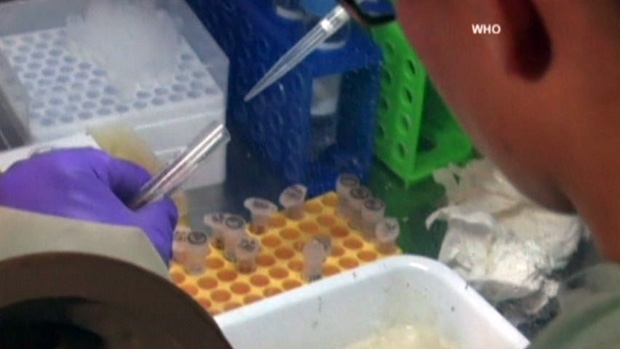Generally, public believe that scientific and technological developments in the field of nuclear energy in India are mostly confined to the strategic area and to nuclear power generation. Medical, industrial and research uses of ionising radiation, which rose manifold over the past few decades have not got due recognition.
At any moment, hospitals in many parts of the country are carrying out radiation treatment in one form or other on many thousands of cancer patients. BARC-made ‘BARC I-125 Ocu-Prosta seed’ is an ideal choice to treat retinoblastoma and uveal tract melanoma, two forms of rare eye cancers.
Unlike conventional treatment which involves removal of eyes with the tumour to save the patient, successful radiation treatment saves the eye and retains vision.
Since iodine -125 ( I-125) has a half life of about 60 days, scientists have enough time to transport the sources from its production site at BARC laboratories to the treatment centres at different parts of the country. Half life is the period in which radioactivity of a source reduces to half its original value.
Modelling the eye
Specialists model the affected eye of each patient by using computerised tomography (CT) or magnetic resonance imaging (MRI) procedures. They identify the orientation of tumour borders relative to the surrounding healthy structures such as the optic nerve, centre of the eye etc by using ultrasound.
Using the imaging data in a dedicated software programme, they arrive at the number of radioactive seeds, their activity and their placement on the plaque to produce the ideal dose distribution.
Physicians use this information to fix appropriate number of I-125 seeds on a plaque of suitable size using a tissue compatible auto-polymerising glue. By accurately positioning the plaque, they restrict irradiation to the tissue where it is needed.
I-125 which emits low energy gamma rays helps to spare healthy tissues; it reduces side effects and related morbidity. Generally, physicians carry out the treatment in 5 to 10 consecutive days. BARC scientists have independently measured the dose distribution around I-125 seeds.
It was truly a multidisciplinary programme. Radiopharmaceuticals Division, Laser Processing and Advanced Welding Section, Centre for Design and Manufacture, Radio metallurgy Division, Radiological Physics and Advisory Division and external agencies such as Hindustan Machine Tools Limited, Bangalore and Titan Industries Limited, Hosur, collaborated in many areas to prepare the seeds.
Batch process
BARC scientists produce Iodine 125 in a batch process by irradiating 4 gramme of xenon-124 gas in the Dhruva reactor for a period of 15 days. Xenon -125 produced by the neutron interaction decays into I-125.
After removing from the reactor, they keep each sample for 50 days to ensure that I-126, an unwanted radioisotope which is also produced during neutron irradiation decays to negligible values.
“The need for technically intense operations in the handling of gaseous targets in hostile radiation environments, the transformation of I-125 into a chemical form within acceptable radionuclide impurities, and adherence to radioactive concentrations of the final I-125 solution are some of the key technical challenges during the production of I-125,” BARC scientists wrote in Industrial & Engineering Chemistry Research (2012, 51, 8575-8582), a journal of the American Chemical Society. This paper vividly describes the marvellous engineering and design procedures and production processes.
BARC-produced I-125 seeds are available in 50 micrometre thick titanium (titanium is bio-compatible) capsules of diameter 0.8mm and length 4.75 mm. Scientists subject these tiny seeds to a variety of tests mandated by the Atomic Energy Regulatory Board to ensure safety.
In September 2003, BARC supplied the first batch of I-125 seeds to Sankara Nethralaya to treat a four-year-old child suffering from retinoblastoma.
As on May 31, 2014, BARC supplied 1124 seeds to treat 95 patients from India and neighbouring countries. Sankara Nethralaya, Chennai, PD Hinduja National Hospital, Shri Ramakrishna Institute of Oncology Research/Arvind Eye Hospital, Coimbatore are collaborating in the programme
The patients treated so far are too few to estimate cure rates, eye salvation rates etc, though some preliminary results amply demonstrate the potential value of this treatment modality.
I-125 seeds are also useful in treating prostate cancer. BARC supplied so far 370 I-125 seeds to PD Hinduja Hospital, Mumbai to treat five patients. For treating prostate cancer, physicians implant I-125 seeds permanently in patients.
BARC’s achievement
In spite of extensive demand for I-125 seeds worldwide, only a few companies produce I-125 seeds, as the manufacturing processes are too complicated. BARC has developed the technology from scratch. The Board of Radiation and Isotope Technology (BRIT) has plans to produce I-125 seeds commercially. It has great potential for internal use and hopefully for export.
Source: The Hindu


